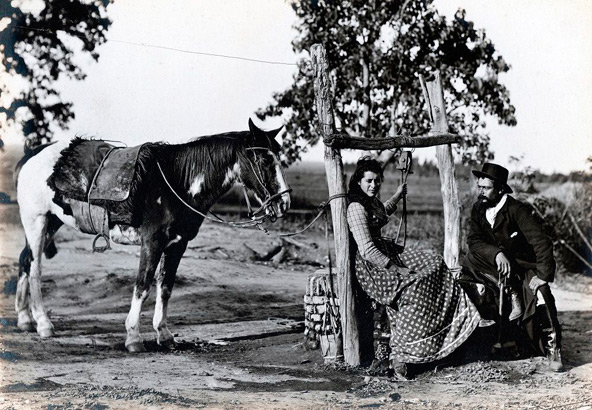
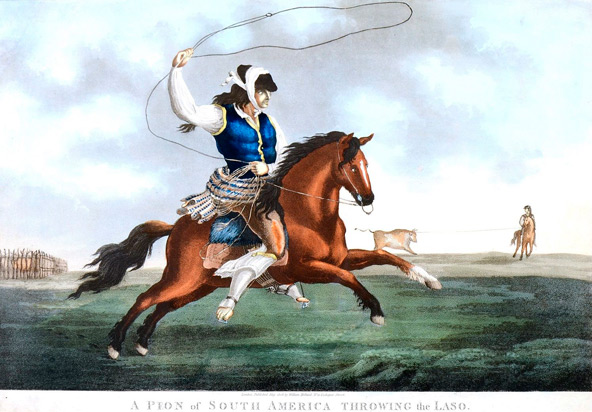
VATICAN CITY (CNS) — Dressed in a woolen poncho, leather boots and silver spurs, the traditional gaucho was the cowboy of Argentina’s immense plains, herding cattle and living a simple, hard life far from family and close to nature.
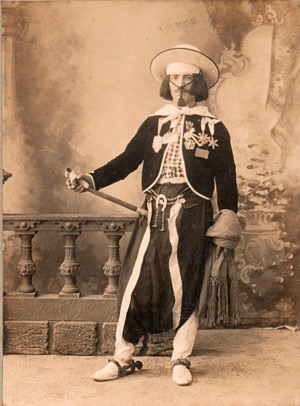
Though a little rough around the edges, gauchos were generally known to be respectful, loyal, honest and proud, rooted to a code of ethics that valued work and solidarity.
“The gaucho culture is an attitude toward life, and I believe Pope Francis is highlighting precisely this aspect in his current mission,” said Roberto Vega Anderson, an Argentine gold- and silversmith who is the curator of a newly opened exhibit at the Vatican.
The show, “Argentina, the Gaucho: Tradition, Art and Faith,” opened May 17 and runs until June 16 in the Vatican’s Braccio di Carlo Magno — a hall next to St. Peter’s Basilica.
Planning for a Vatican exhibit on Argentine gauchos had begun last summer, well before Pope Benedict XVI announced plans to resign and cardinals convened to elect the first pope from Latin America.
Organizers said it was “providential” and “lucky” the show opened under a new pope from Argentina.
Pope Francis, like most Argentines, is no stranger to the gaucho culture.
The hardworking horsemen who ranched cattle across the continent’s southern grassy Pampas plain became a symbol of national pride in the region.
Jose Hernandez; epic 19th-century Argentine poem, “Martin Fierro” — about a fictional gaucho outlaw who fights for a better life — represents “the heart of our national identity,” the future pope once wrote.
Then-Cardinal Jorge Mario Bergoglio of Buenos Aires published an essay in 2002 using the famous literary gaucho as a figure for reflection about the future of the nation.
The future pope said the gauchos had something to teach the country because “we Argentines have the dangerous tendency to think that everything just started today, to forget that nothing appears out of thin air or drops out of the sky like a meteorite,” he wrote in the essay titled, “A Reflection Starting with Martin Fierro.”
The future pope wrote that in the idyllic world of Fierro, the gaucho lives in harmony with nature, works with joy and skill, has fun with his friends, and lives simply and humanely surrounded by few material belongings.
As the exhibit shows, the gaucho used the poncho as a coat and blanket at night, ate with his knife — the “facon” — and carried a hollowed out gourd or ox horn for drinking his herbal tea called mate. When they could, gauchos would embellish their tools and horse trappings with ornately designed silver.
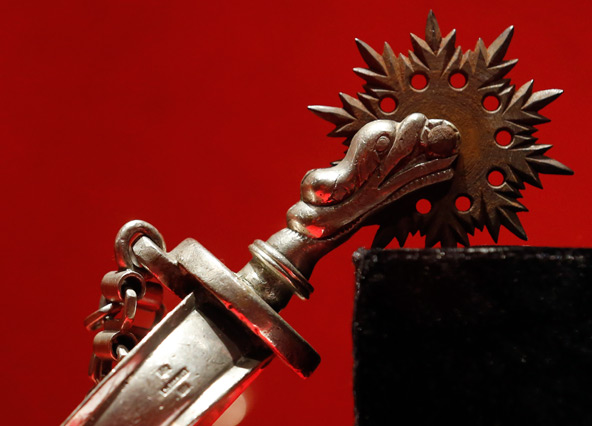
Then-Cardinal Bergoglio highlighted the fortitude and can-do attitude of the gaucho, who “takes his destiny into his own hands” with what little he has instead of pining for more or waiting for someone else to act.
“Rebuilding isn’t the task of a few but of everyone,” he wrote.
Father Angel Bartolome Hernandez, vice rector of Rome’s Pontifical Argentine College in Rome, said the gaucho had a hard life, but “knows how to put on a happy face during hard times.”
Suffering “made you stronger and there was always the hope of a better tomorrow,” he told Catholic News Service. The gaucho learned “to make do with what he had and rely on himself” given there weren’t any supermarkets in sight, he said.
The fertile Pampas plain helped cultivate a benevolent view of the world because “all you had to do was toss a seed and it would bloom by itself.” And life was a lot like crops: some years were good, others bad, “so it paid to take advantage of the good ones to gather strength and the means to get through the bad,” he said.
Father Hernandez said the pope’s Italian roots — not just gaucho traditions– also influence his world view.

Like many immigrants, the pope’s Italian grandparents had to start from scratch, but hard work helped pull them from poverty, the priest said.
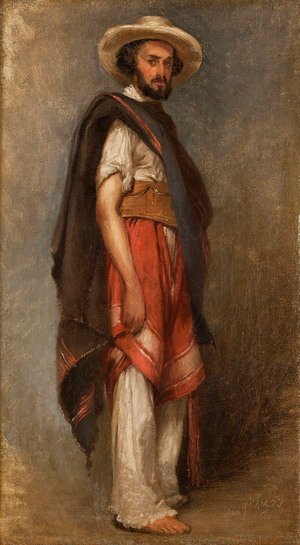
The pope’s experience of seeing that care and effort reaped benefits means the dignity of work is very important for him, as is the culture of savings and taking care of creation, he said. The gaucho culture is similar in its “faith in Mother Earth, who needs to be respected and safeguarded because it supplies us with everything.”
Many things the pope has said reflect this unique lens on life: his calls for protecting creation and for dignified employment, the importance of simplicity and hope, as well as his idea of “pressing on” even when carrying a burden.
Even if the gaucho lost his few possessions after racing his horse against another or in a friendly game of cards, “he was ready to get back to his journey toward fresh sacrifices, to regain what he had lost even if it meant it would take the rest of his life,” one section of Vatican exhibition said.
Father Hernandez said it was not unusual for Cardinal Bergoglio to use an opus like “Martin Fierro” as part of his catechesis on nation building and civic duty.
The future pope taught high school literature before and after becoming a priest so he was very proficient in literary themes and figures, Father Hernandez said.
His wide and eclectic knowledge also helped supply him with numerous elements that he’d mix and match with a religious message creating such metaphors, he said, as “the babysitter church” to describe a parish that doesn’t give birth to active evangelizers but only worries about keeping parishioners out of trouble.
“His sentences are like proverbs and the gaucho culture has this, like many cultures, where in two lines you get a recap and a wise reflection,” he said.
Father Hernandez said he hoped having an Argentine pope would help spark curiosity about his native country and culture. “Now we have offered the world a pontiff, we can also offer the clear intelligence of our literature,” he said.
— By Carol Glatz Catholic News Service





